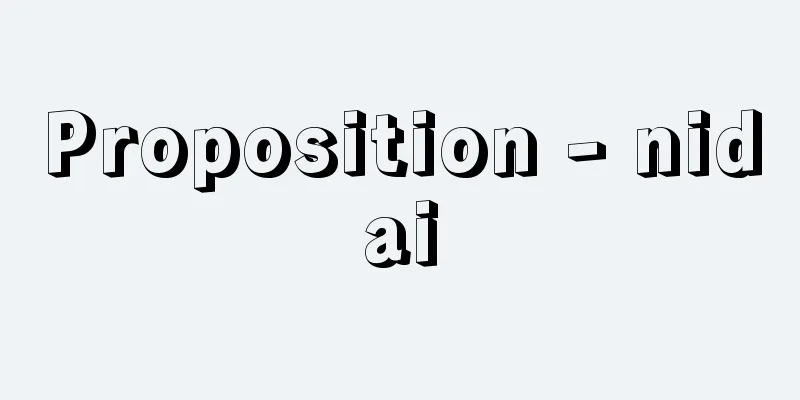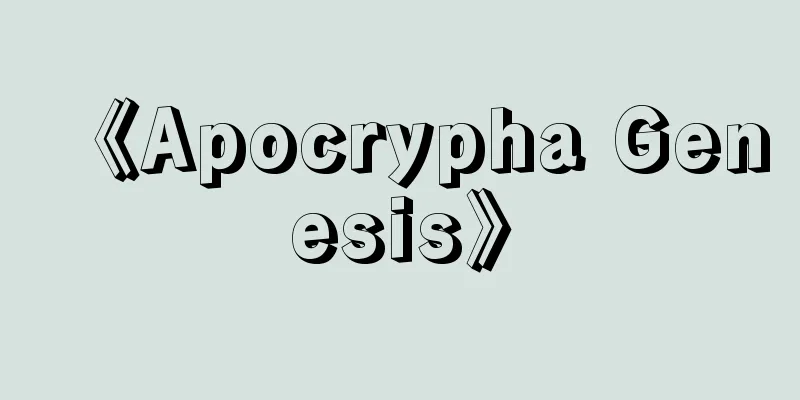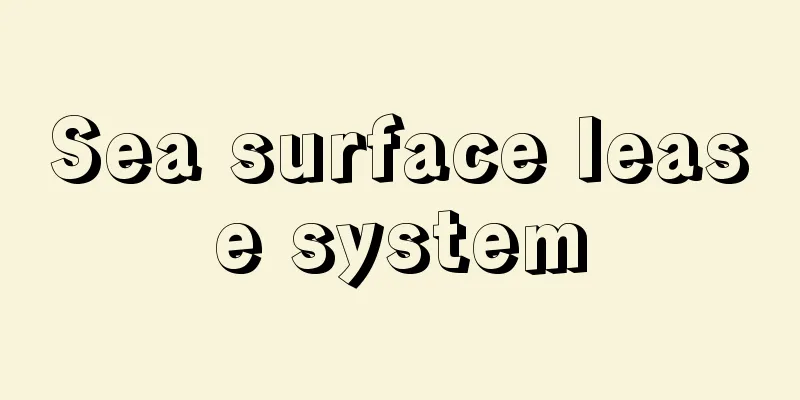Proposition - nidai

|
A proposition is a combination of symbols that expresses some kind of assertion. However, it is also possible to interpret a proposition as the assertion itself. It is also possible to define a proposition as the (set of) circumstances that make the assertion it expresses possible. If we adopt the first interpretation, a proposition is also called a statement. Now, if we break down a statement, that is, a proposition, we will eventually arrive at a proposition that, if broken down any further, would not be a proposition. For example, "Socrates is a man" is such a proposition. Such propositions are called atomic propositions, but conversely, starting from atomic propositions, we can construct increasingly complex propositions using logical operations such as "and" (conjunction, represented by the symbol ∧), "or" (disjunction, represented by the symbol ∨), "then" (implication, represented by the symbol ⇒), and "not" (negation, represented by the symbol ¬). If a proposition is either true (T) or false (F), then between logical operations and the truth value of a proposition, we obtain a table-like truth table, where A and B are any . In this way, propositional logic studies the relationships between propositions without going into the structure of atomic propositions, and it is the basis of predicate logic, which goes into the structure of atomic propositions. [Arata Ishimoto] [References] | |©Shogakukan "> Truth table Source: Shogakukan Encyclopedia Nipponica About Encyclopedia Nipponica Information | Legend |
|
命題とは、なんらかの主張を表している記号の組合せである。しかし、命題とはその主張そのものであるという解釈も可能である。また、命題とは、それが表す主張を成立させるような状況(の集合)であるという定義も可能である。かりに、第一の解釈をとると、命題は言明ともよばれる。 さて、言明、つまり命題を分解していくと、最後には、これ以上分解すると命題にならないような命題に到達する。たとえば、「ソクラテスは人である」は、このような命題である。こういった命題は原子的命題とよばれるが、逆に、原子的命題から出発して、「そして」(連言。記号∧で表す)、「あるいは」(選言。記号∨で表す)、「ならば」(含意。記号⇒で表す)、「でない」(否定。記号¬で表す)といった論理演算を用いて、しだいに複雑な命題を構成することができる。 命題は真(T)か偽(F)のいずれかであるとすると、論理演算と命題の真偽(真理値)の間に、のようないわゆる真理表が得られる。ただし、AとBは任意の命題である。このように、原子的命題の構造に立ち入ることなしに、命題相互間の研究をするのが命題論理であって、原子的命題の構造にまで立ち入る述語論理の基礎となっている。 [石本 新] [参照項目] | |©Shogakukan"> 真理表〔表〕 出典 小学館 日本大百科全書(ニッポニカ)日本大百科全書(ニッポニカ)について 情報 | 凡例 |
Recommend
Pharisee - Pharisee (English spelling) Pharisaioi; Pharisees
They are also called Pharisees, Pharisee, or Phari...
Crosstalk - Rowa
When you are talking on a telephone, the sound of ...
Örebro (English spelling)
The county seat of Örebro County in south-central ...
Eads Bridge - Eads Bridge
Eads Bridge : A bridge over the Mississippi River ...
Tales of Ugetsu - Tales of Ugetsu
A collection of supernatural stories written by U...
Galemys pyrenaicus (English spelling)
…Their diet consists mainly of aquatic invertebra...
Mino [town] - Mino
A former town in Miyoshi County in the northwest o...
biorheology
…The rheology of biological materials is called b...
Bamboo Lady
A cylindrical basket that is hugged and used to sl...
Come
…Generally, shrines have a variety of reasons for...
Hotei-eso (English spelling) scaleless black dragonfish
A deep-sea fish of the family Polytminae in the or...
Muneki Minoda
1894-1946 A nationalist from the Taisho to early ...
Henrici, CF (English spelling) HenriciCF
…JS Bach's work (BWV244) is especially famous...
OFF-JT
・Off-the-job training - Education and training out...
Marcel Breuer
Hungarian-born American architect and furniture d...









